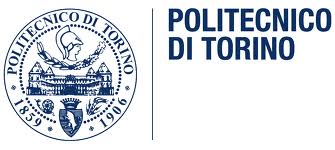Prin 2005-2007
- Details
- Last Updated on Thursday, 12 February 2015 18:36
Nonlinear collective processes in high-energy astrophysics: numerical models and experimental validation in the laboratory
An important step in numerical simulations of astrophysical phenomena is the process of validation of numerical codes, i.e. of testing whether codes correctly reproduce the physics involoved in the phenomena. In this context an important role is played by laboratory experiments that try to reproduce analogs of astrophysical phenomena. Here we propose to perform this comparison between laboratory experiments and simulations of astrophysical jets and disks. In particular we are carrying out a fluidynamical laboratory experiment of an hypersonic jet that we intend to compare both with direct numerical simulations and with large eddy simulations. In fact, one of the problems of numerical simulations is that some of the physical parameters of jets and disks cannot be reproduced in simulations. More precisely there is a vast gap in Reynolds numbers and therefore in the range of scales between the simulations and the astrophysical world. One of the possible approach to this problem is to follow in the simulations only the dynamics of large scales and to reproduce through a model the effects of scales that are under the grid resolution. With this kind of approach (Large Eddy Simulations) it is possible to extend the attainable Reynolds numbers by few orders of magnitude and therefore to reach values that are closer to the astrophysical situation. Here we propose to implement subgrid models in our simulation codes and to validate them through a comparison both with direct numerical simulations and with the laboratory experiments. These codes together with the experimental results will allow to study in more detail the dynamics of jet propagation with particular reference to the problem of the entrainment of external material and to apply the results for the understanding of the behavior of astrophysical jets and for the interpretation of their phenomenology.
This research is performed in collaboration with the Center for Magnetic Self-Organization (CMSO) funded by the US National Science Foundation at the Universities of Winconsin, Princeton and Chicago where similar experiments and numerical simulations are performed in the case of magnetized fluids. An agreement between our group and CMSO is going to be signed during the next few weeks and the funding of the present proposal is functional to fostering such collaboration.
Participants:
- Università di Torino (A. Ferrari, S. Massaglia)
- Politecnico di Torino (D. Tordella)
- Politecnico di Milano (S. De Ponte, M. Belan)



